
All categories
Featured selections
Trade Assurance
Buyer Central
Help Center
Get the app
Become a supplier

(6037 products available)
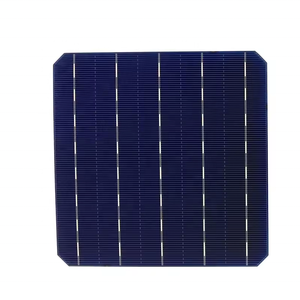


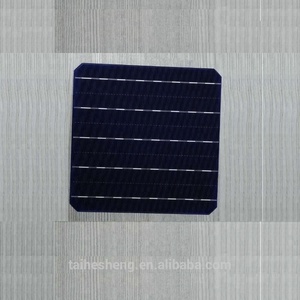


























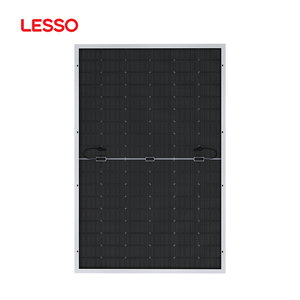





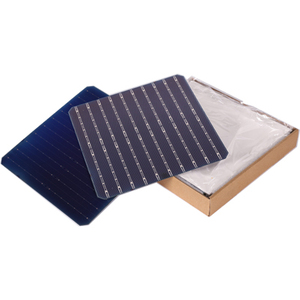


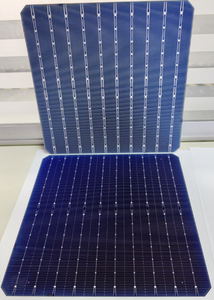






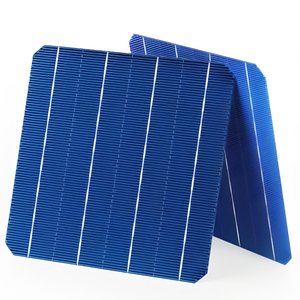



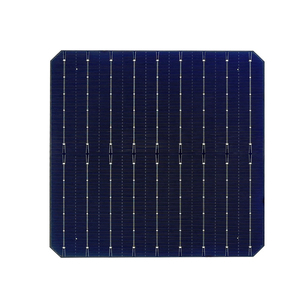
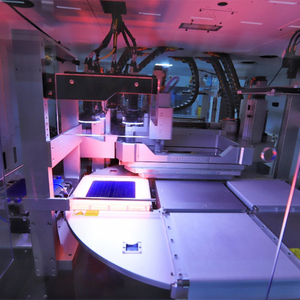
There are two main crystalline silicon photovoltaic types, a monocrystalline silicon and a polycrystalline silicon. The differences come from each type's crystal structure and manufacturing process. Each type offers unique benefits and features to suit different needs and preferences.
Monocrystalline silicon is made from a single, continuous crystal structure. This is usually done through a process called the Czochralski method. In this process, a temperature-controlled molten silicon vat is put together with a small crystal seed called a silicon ingot and then pulled from the molten silicon to form a crystal around the seed. Once the crystal has formed, the silicon ingot is sliced into thin wafers. Because the whole process is quite intensive and slow, monocrystalline solar panels tend to be an expensive option.
This silicon structure gives monocrystalline photovoltaic panels better efficiency and power output. More importantly, they have a more sleek, all-black appearance. Often, they yield about 20-27% efficiency, which is higher than other types available on the market. Due to their effectiveness, monocrystalline solar panels are best for residential homes with limited roof space.
Polycrystalline silicon, also known as multicrystalline silicon, is created from multiple silicon crystal fragments. The fragments are melted together, forming a molten silicon pool that is then cooled and solidified into crystal blocks. These blocks are sliced into wafers. The crystal patchwork process makes polycrystalline solar panels easier and faster to manufacture, as opposed to monocrystalline panels.
Polycrystalline solar panels are less efficient, about 15-20%. However, the fragmented crystal structure provides more an affordable and accessible option for solar energy systems. It is still good enough for large-scale solar farms where space is not a challenge. The panels also have a blue speckled appearance because of the design.
The photovoltaic feature of crystalline silicon enables these inventions to be used widely in industrial settings for generating and using solar power energy.
Large factories and manufacturing plants, especially, frequently have extensive roofs that provide ideal surfaces for installing roof-mounted solar panels. These panels help reduce dependence on energy from the grid, thereby producing energy for their own use, and even selling excess energy back to the grid.
Polycrystalline solar panels are particularly well-suited for large-scale solar farms. These farms cover large areas of land with many panels, all contributing to a massive amount of renewable energy that can power thousands of homes or businesses. The energy is transmitted to the nearest power lines and grids to supply electricity.
Thin film solar panels can be used in industrial processes that require lower temperatures. The electrical energy can be converted to heat using solar water heaters for different industrial processes, such as in construction, textile, food processing, mining, etc. For industries that need high-temperature heat, concentrating solar power systems can be installed to generate steam.
Many industries, such as oil and gas, mining, and telecommunications, have remote or off-grid locations. Photovoltaic solar panels provide energy for water pumping, communication, and monitoring systems in these locations. The silicon panels are great for these purposes, as they are portable and can efficiently perform their jobs.
With most industries embracing electric vehicle fleets, the solar panels can be used to install EV charging stations. These stations provide green and renewable energy for electric vehicles.
Many industrial setups use batteries and other storage systems to store excess power for later use. This is especially applicable when there is low power from the grid but the demand for power is high. The stored energy can be used when needed. For industries that don't need constant power, solar power batteries can be used to avoid using the grids and power fluctuations.
Quality crystalline silicon photovoltaic panels use high-quality monocrystalline or polycrystalline silicon materials. The solar cells are carefully made to ensure they work as efficiently as possible. The best materials are used during the manufacturing process to help combat temperature drop and provide energy even on cloudy days.
The panels are tested under different weather conditions to see how well they hold up over time. Companies making the panels offer long warranties to guarantee that the panels will last for many years. Also, experts inspect and certify the panels to make sure they meet the standards needed for effective solar energy.
Apart from the quality, safety is important too. Several safety measures are observed to ensure it is safe to use the panels. The panels are tested to ensure they can withstand strong winds, heavy rain, and hail without danger of breaking or flying around. Plus, there are safety checks to avoid overheating, as this might cause fires or other safety problems.
The electrical connections are designed to reduce risks like electric shocks or fires. The solar system components, including solar system batteries and panels, go through system safety checks such as residual-current devices (RCDs) to eliminate risky situations and help safeguard people and property from electrical hazards. Like the panels, RCDs also help eliminate risks like electric shocks or fires. All wiring and other system parts should also be completed according to safety regulations.
As a rule, it is necessary to meet safety standards and guidelines established in a particular area in order to enable the solar power systems to work properly. This means that the system must be built and maintained in consideration of proper disposal methods for hazardous materials and recycling options, as well as abiding by any local regulations related to the installation or use of the system.
A1. The two common types are monocrystalline and poly crystalline silicon solar cells. They differ in crystal structure and manufacturing process. Monocrystalline cells are made from a single crystal of silicon, giving them a uniform black appearance. Polycrystalline cells are made from multiple silicon crystals melted together, giving them a speckled blue look.
A2. Crystalline silicon solar panels are made of silicon wafers, while thin film nuclear panels are made by depositing one or more photovoltaic materials onto a thin substrate. In other words, crystalline silicon panels are very thick and more flexible, while thin-film panels are flexible and portable due to their ultra-thin nature.
A3. Crystalline silicon panels tend to be more efficient, with longer warranties and a proven track record. They are made with silicon materials, which are abundant and easy to recycle. Also, the manufacturing technology is mature and widely available, making it easier to find replacement panels and parts down the line.
A4. Monocrystalline solar panels are made from pure, single crystal silicon, giving them a more sleek, all-black appearance. Because of their high efficiency and space-saving features, they are more expensive. Polycrystalline solar panels are made from multiple silicon crystal fragments, an easier and cheaper process, resulting in a speckled blue appearance.
A5. Most silicon solar panels have a typical warranty period of 25 years. However, many people find their panels still functioning adequately after 30 years. Crystalline silicon panels can go on up to 40 years in the right conditions, whether extended or accelerated.